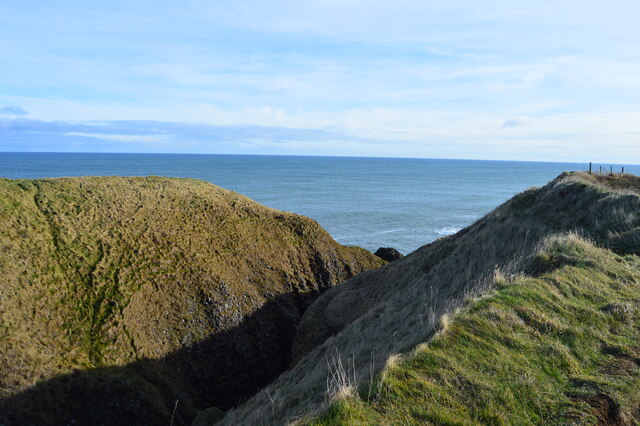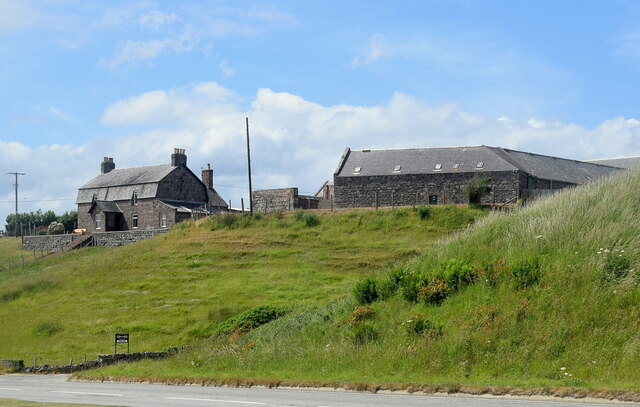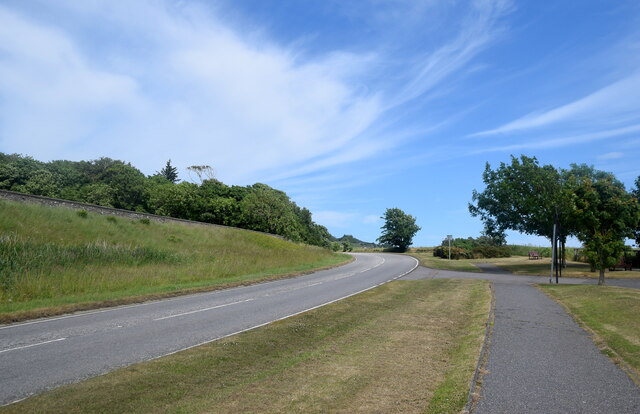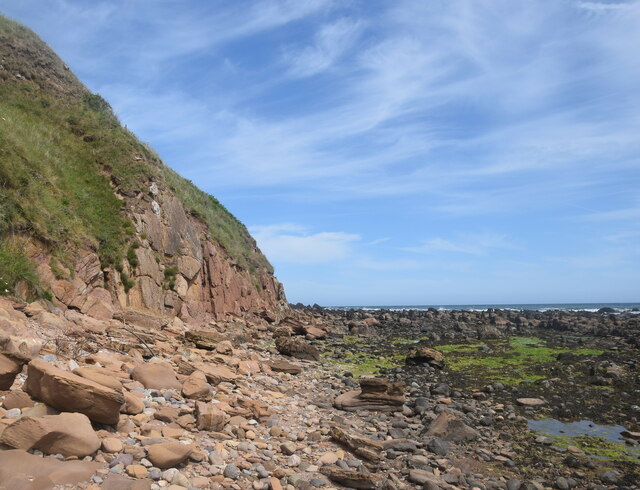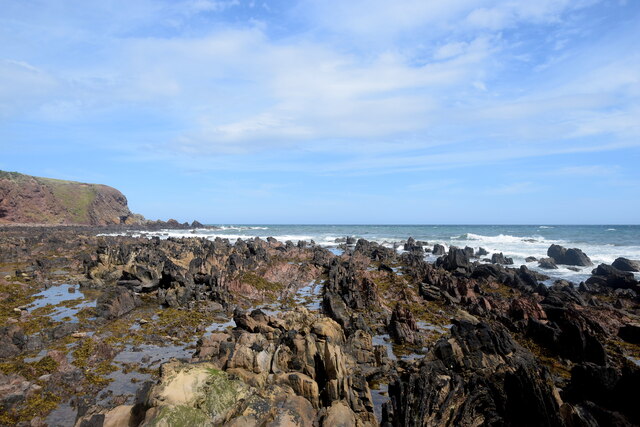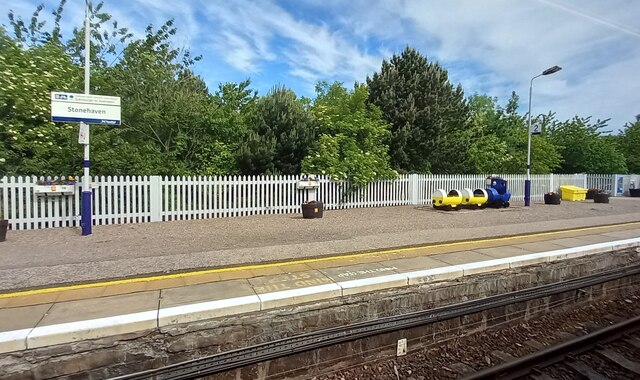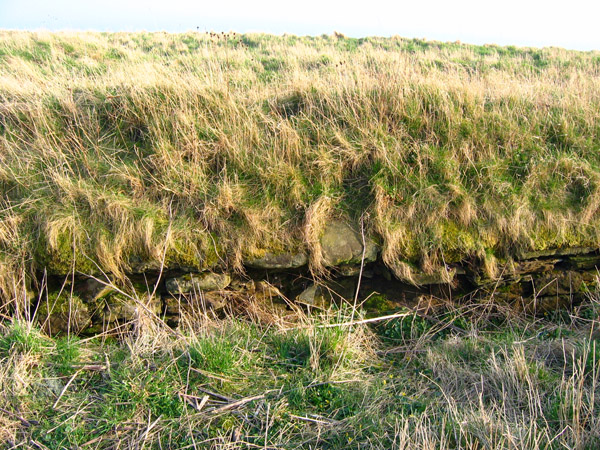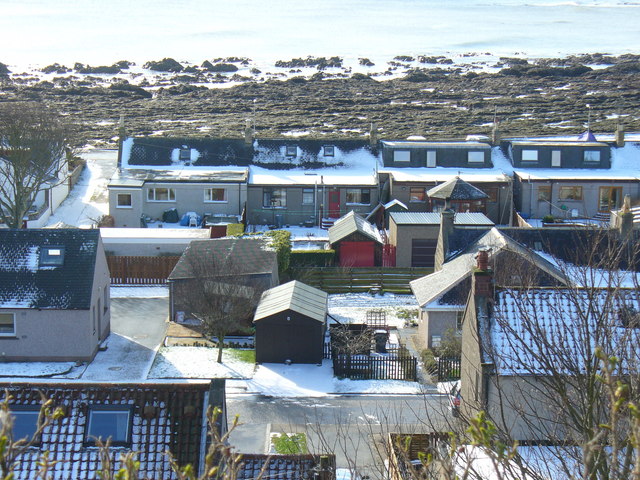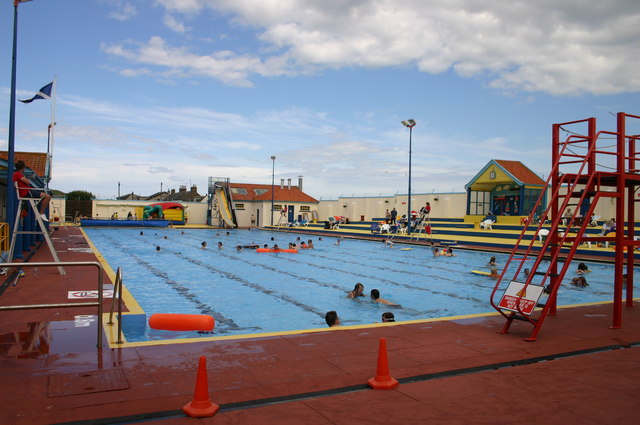Michael's Pot
Coastal Feature, Headland, Point in Kincardineshire
Scotland
Michael's Pot
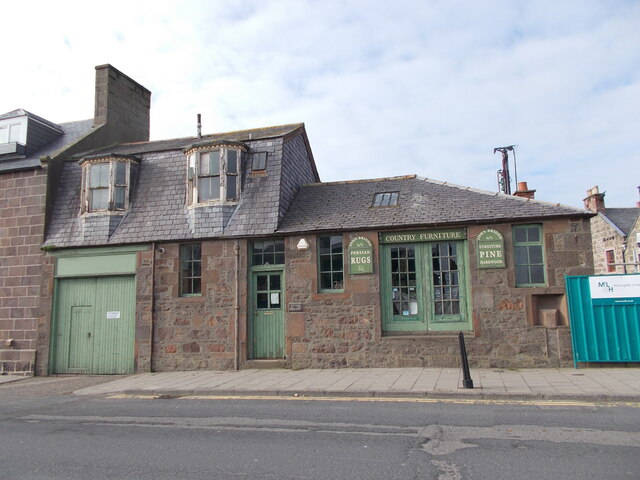
Michael's Pot is a prominent coastal feature located in Kincardineshire, Scotland. Situated on the east coast, it is a headland that juts out into the North Sea, forming a distinctive point along the rugged coastline.
The headland is characterized by its steep cliffs, which rise dramatically from the sea, reaching heights of approximately 100 feet in some areas. These cliffs are composed of layers of sedimentary rocks, including sandstone and shale, which have been shaped by the erosive forces of wind and waves over centuries. The exposed rock faces display a variety of colors, ranging from sandy browns to deep reds, creating a visually striking landscape.
At the tip of Michael's Pot, there is a small, sheltered cove that is accessible during low tide. This cove is a popular spot for beachcombing, as it accumulates an assortment of seashells, pebbles, and sometimes even small fossils. The surrounding waters are known for their rich marine life, with occasional sightings of seals, dolphins, and various seabirds.
The headland offers breathtaking views of the North Sea and the rugged coastline, attracting many visitors who come to appreciate the natural beauty and tranquility of the area. It is also a popular spot for outdoor activities such as hiking and photography, with several walking trails that wind along the cliffs, providing stunning vistas at every turn.
Overall, Michael's Pot is a captivating coastal feature that showcases the raw power of nature and offers an immersive experience in Scotland's scenic beauty.
If you have any feedback on the listing, please let us know in the comments section below.
Michael's Pot Images
Images are sourced within 2km of 56.973976/-2.1969483 or Grid Reference NO8886. Thanks to Geograph Open Source API. All images are credited.

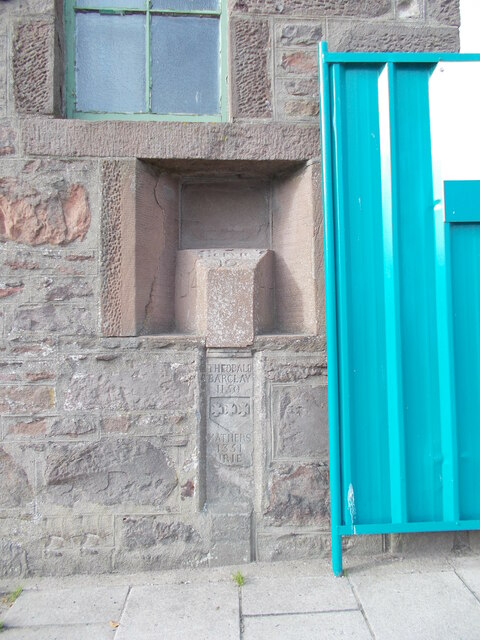
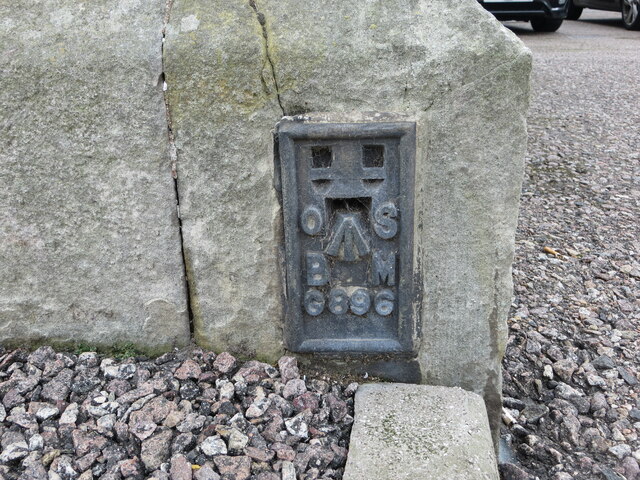
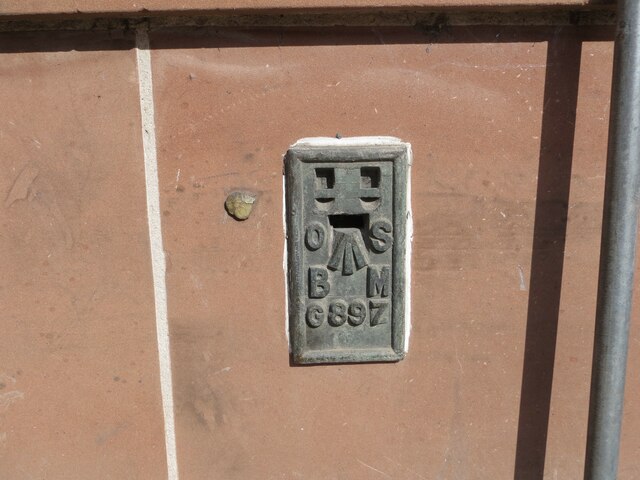
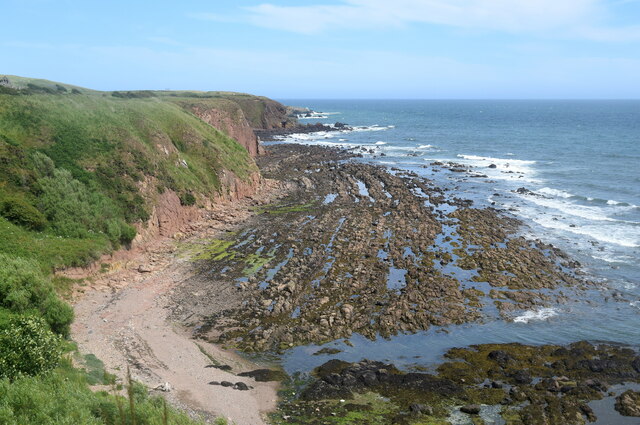
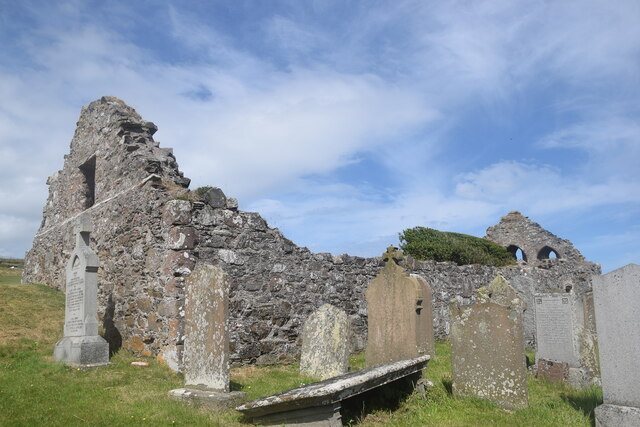

Michael's Pot is located at Grid Ref: NO8886 (Lat: 56.973976, Lng: -2.1969483)
Unitary Authority: Aberdeenshire
Police Authority: North East
What 3 Words
///straying.height.ready. Near Stonehaven, Aberdeenshire
Nearby Locations
Related Wikis
Cowie Castle
Cowie Castle is a ruined fortress in Aberdeenshire, Scotland. The site lies at the northern end of Stonehaven on the North Sea coast. To the immediate...
Chapel of St Mary and St Nathalan
The Chapel of St. Mary and St. Nathalan is a ruined chapel overlooking the North Sea immediately north of Stonehaven, in the Mearns of Scotland, along...
Cowie, Aberdeenshire
Cowie is an historic fishing village in Kincardineshire, Scotland. This village has existed since the Middle Ages, but in current times it is effectively...
Stonehaven Open Air Pool
Stonehaven Open Air Swimming Pool, Queen Elizabeth Park, Stonehaven, Aberdeenshire, is an Olympic sized heated open air public pool opened in 1934. It...
Nearby Amenities
Located within 500m of 56.973976,-2.1969483Have you been to Michael's Pot?
Leave your review of Michael's Pot below (or comments, questions and feedback).
